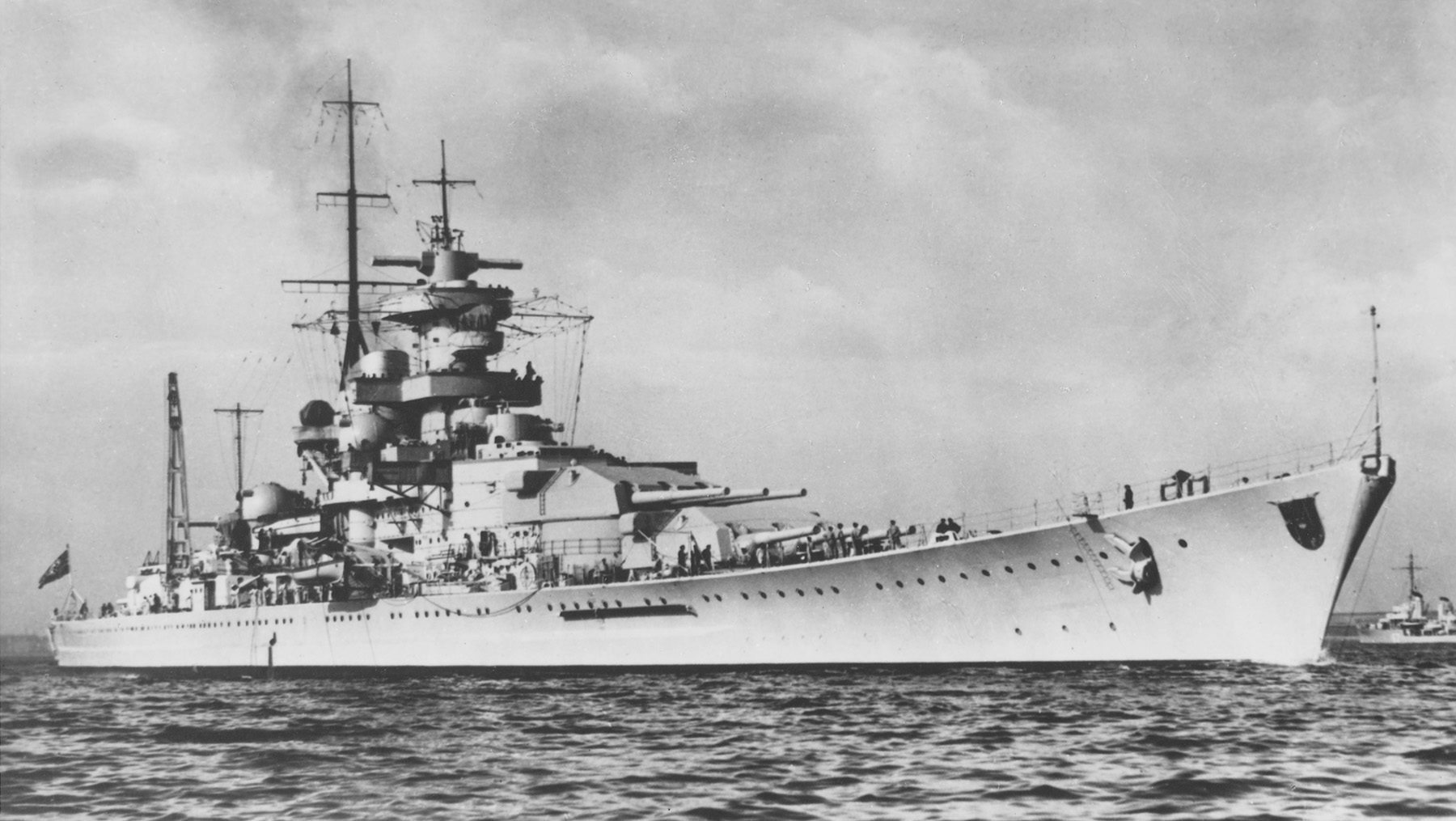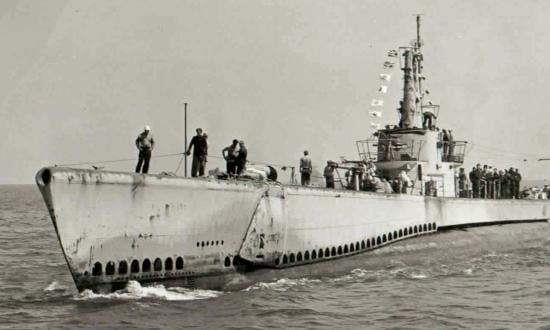A ‘Nasty Surprise’ for the Scharnhorst
Paul Merkle
Congratulations on another great issue of Naval History magazine! I particularly liked your choice of subjects for December 2023. As an amateur World War II historian, I was drawn to the articles on Tarawa and the Scharnhorst (“Fast-Carrier Attack Against Tarawa” and “Blood and Coral;” and “When the Scharnhorst Took the Bait”).
I would like to make an addition to Ian Sebire’s fine account of the Scharnhorst. The first British ships to engage her in the December 1943 battle were HMS Norfolk, Belfast, and Sheffield. They scored a number of hits on the German ship, including one that destroyed her foretop radar set. According to historian Gordon Williamson in German Battleships, 1939–1945, “With her foretop radar out of action, Scharnhorst had been unaware of the enemy approaching and the sudden onslaught of gunfire [now from HMS Duke of York as well as the cruisers] came as a nasty surprise.”
Thanks again for another outstanding edition of your magazine. I always look forward to its arrival and quickly get into the excellent articles, this time including not only those on Tarawa and the Scharnhorst, but also the ones on Beirut, the Soviet Navy, and the Roman Empire as well. Please keep up the great work!
Heroes of Tarawa
Major Pete Siegel, USAF (Ret.)
I enjoyed reading Charles Melson’s article on the Tarawa landings (“Blood and Coral”). My late Uncle Gene was a career “Gator” Marine officer. He was awarded the Silver Star for his actions during the first wave of the Tarawa invasion landing. We have a photo of Admiral Chester Nimitz pinning it on his uniform. When Uncle Gene retired in the late 1960s, he was the commander of the Marine Corps Assault Amphibian School at Del Mar, California.
Theodore Kuhlmeier
As a complement to Charles Melson’s excellent article on Tarawa, I would like to pay tribute to a man who did not have to be there but wanted to serve his country.
When World War II broke out, actor Eddie Albert (best known for his role in the 1960s TV sitcom Green Acres) was overage and exempt from military service. But rather than sit out the war or join a USO touring group, he enlisted in the Navy. Commissioned and leading a section of assault/landing craft, he and his men entered the maelstrom of Tarawa.
Piloting a salvage boat, Albert rescued wounded Marines clinging to the Tarawa lagoon reef, exposing himself to Japanese fire to pull them aboard. He made several repeated trips on the same mission—including one in a boat loaded with gasoline drums, stamping out Japanese incendiary bullets that hit the craft.
An Exemplary Captain
Rear Admiral T. E. McKnight, USN (Ret.)
Lieutenant Commander Alan Ables’ article on the 1983 bombing of the U.S. Marine Corps barracks in Lebanon (“Beirut: A Remembrance”) was well done and brought back some memories of a great mentor and naval officer— Captain Morgan France.
Captain France was my second commanding officer on board the USS El Paso (LKA-117). An A-6 pilot and Vietnam veteran, he was probably one of the main reasons I stayed in the Navy after my original commitment. On the bridge of the El Paso one night, he told me a story of how he once took off in his A-6 at night, and right after taking off, for a brief second he lost power in one engine. The Intruder dipped below the flight deck. All of a sudden, the power returned, and his thought at that moment was, “God, I have it from here.”
As commanders of the amphibious squadron and the 24th Marine Amphibious Unit, both Captain France and Colonel Tim Geraghty took the blame for the tragic Beirut incident. In my opinion, others were to blame, but Captain France was always a “stand-up” naval officer and knew the responsibilities of command. He never pointed his finger at others over the events of October 1983 and always took the time to remember those who made the ultimate sacrifice. It was an honor to serve with Captain France, and I would follow him into battle anywhere and anytime.
Soviets’ Cold War Fleet
Norman Polmar
Regarding Mark Carlson’s article on the 1955 Novorossiysk disaster (“The Explosion that Built the Soviet Navy”), here are additional insights based on my extensive discussions with Soviet Fleet Admiral V. N. Chernavin (Admiral Sergey Gorshkov’s successor), senior designers at the Malachite and Rubin submarine design bureaus, and several Russian naval officers.
Gorshkov believed that, in addition to a submarine force, the Soviets needed a balanced fleet; in the 1960s they built two hermaphrodite helicopter carrier-missile cruisers, began building a class of four large conventional carriers, started construction on nuclear-powered carriers, and began building the nuclear-powered battle cruisers of the Kirov class, the largest non-carrier warships built since World War II. Soviet submarines would have had to transit around North Cape to reach the Atlantic, where NATO had air bases available, so Gorshkov never seriously considered an antishipping campaign there.
Corrections: On page 17, first column, last line, of the December issue, “Devastator torpedo bombers” should read “Grumman TBF Avengers.” In the caption on page 42, the ship should be identified as HMS Duke of York. On page 49, first column, line 29, “Project 200” should read “Project 627.”






